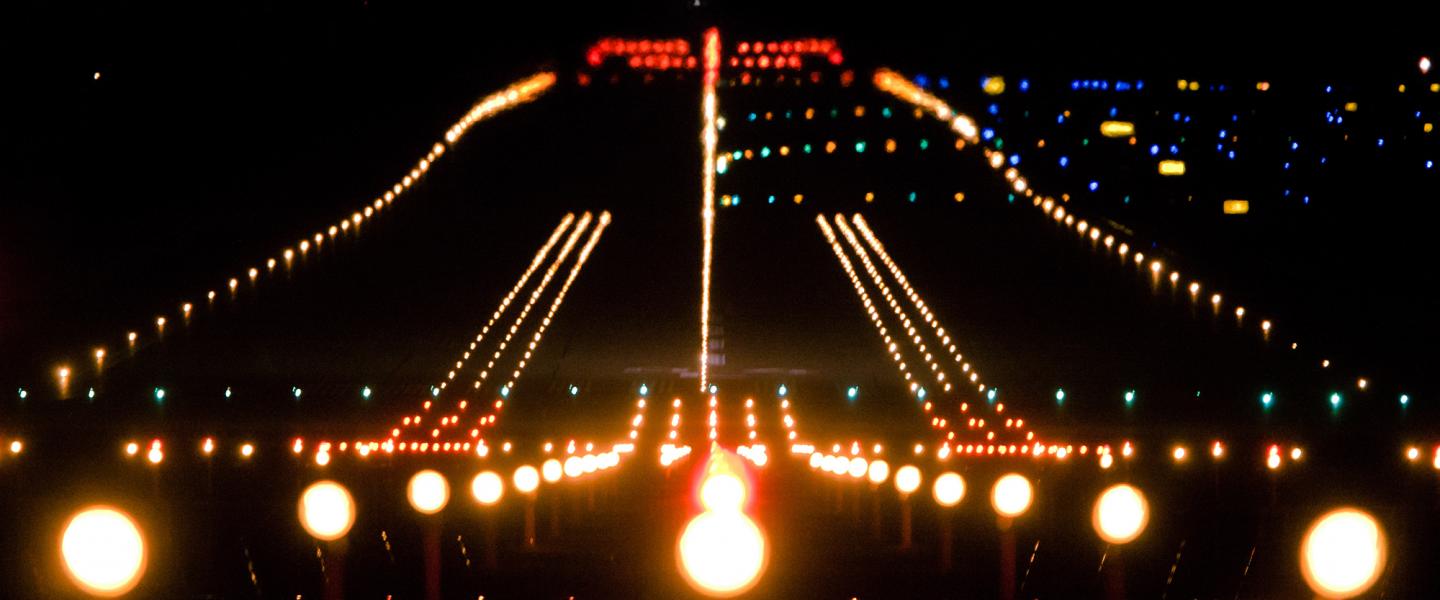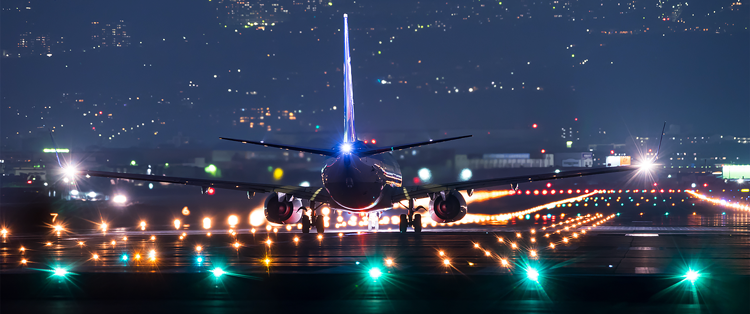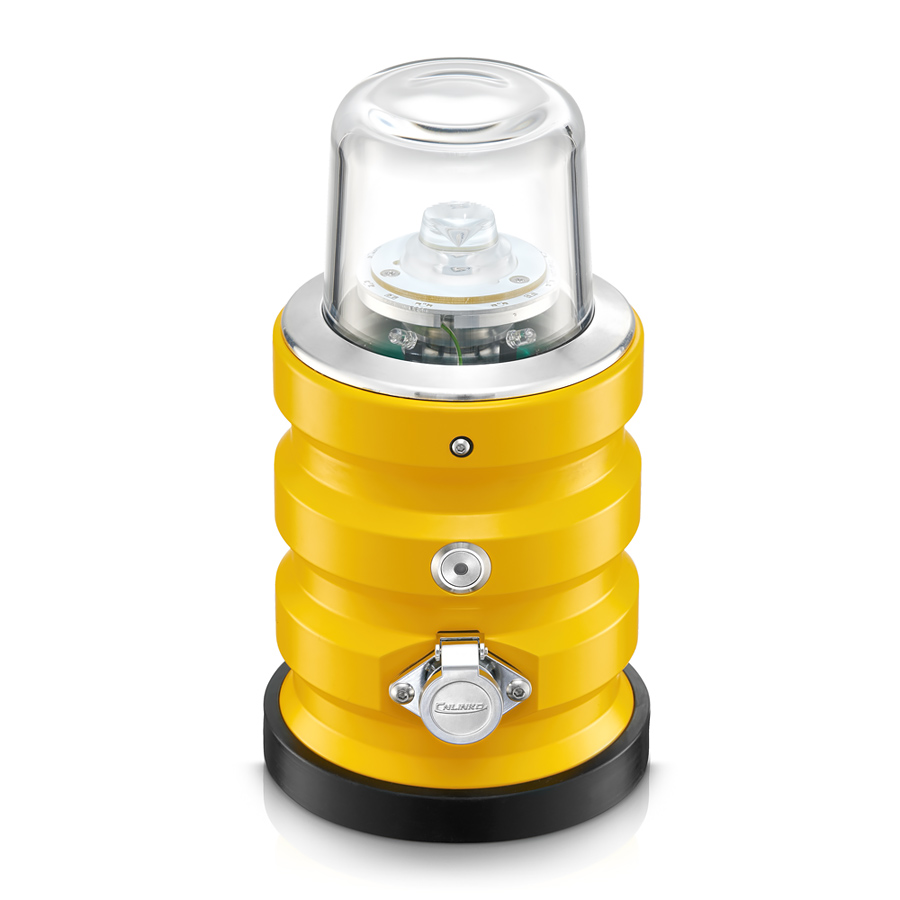


Shoulder markings consist of continuous yellow stripes used when needed to identify pavement next to the runway that is not intended for use by aircraft. These markings provide visual contrast between runway pavement and the ground. Side stripe markings consist of continuous white stripes located on each side of the runway. The stripes are 120′ in length with 80′ gaps. The letters differentiate between left (L), right (R), or center (C) parallel runways, as applicable.Ĭenterline markings identify the center of the runway and provide alignment guidance to aircraft during takeoff and landing. It is based on the magnetic heading of the runway centerline. The number is determined from the approach direction.

Number of threshold stripes when related to the runway width.ĭesignation markings are numbers and letters that identify a runway. Visual runways, those without an instrument approach, do not have threshold markings. These markings have eight stripes of uniform dimensions, or the number of stripes is related to the runway width. Runway threshold markings come in two configurations. Threshold markings identify the beginning of the runway that is available for landing. Threshold bars delineate the beginning of runways when a threshold has been relocated or displaced. A demarcation bar is yellow since it is not located on the runway. Chevrons are yellow markings aligned with the runway that show pavement areas that are unusable for landing, takeoff, and taxiing.ĭemarcation bars delineate displaced runway thresholds from unusable pavement such as blast pads, stopways, or taxiways that precede the threshold.


 0 kommentar(er)
0 kommentar(er)
